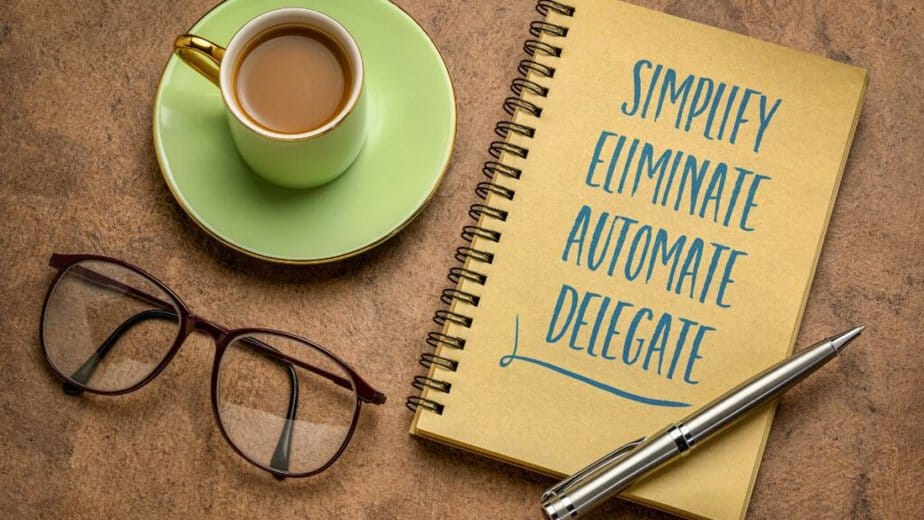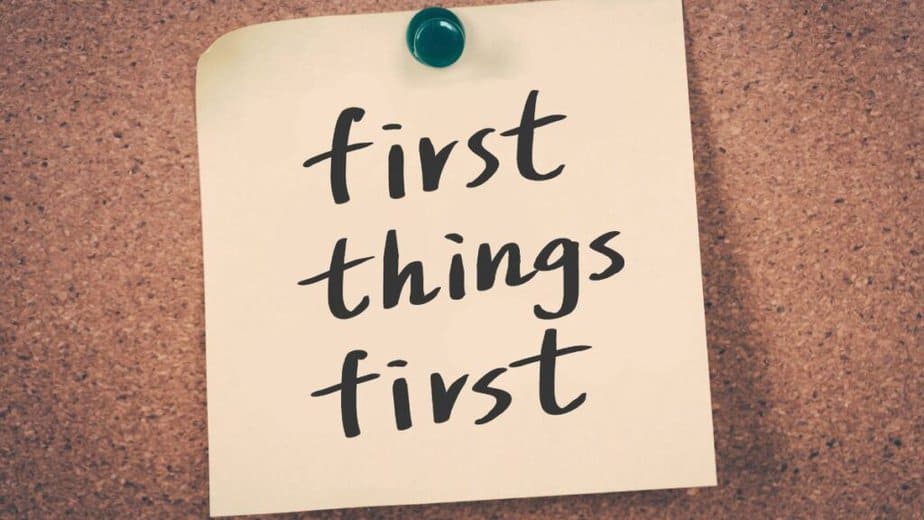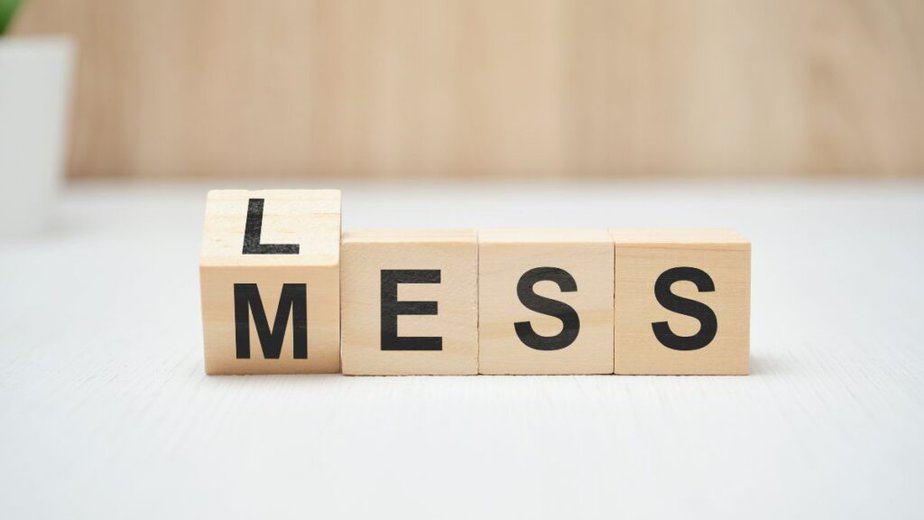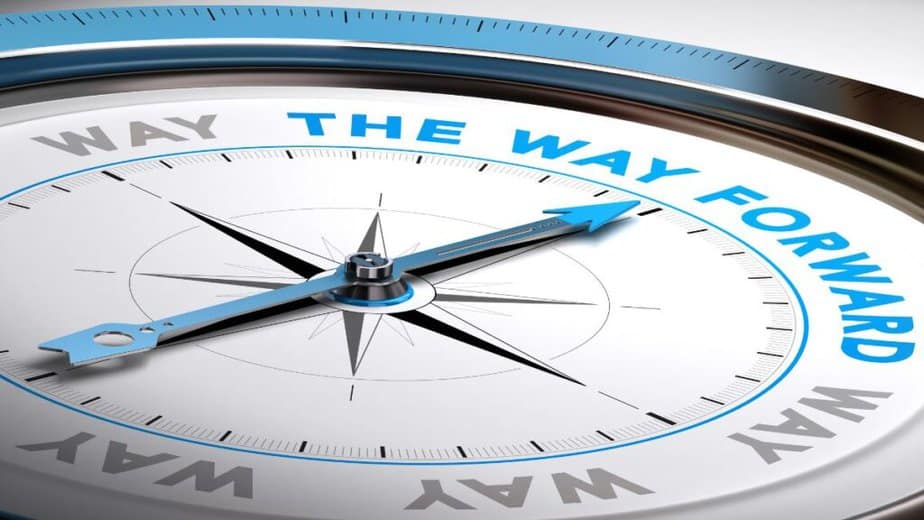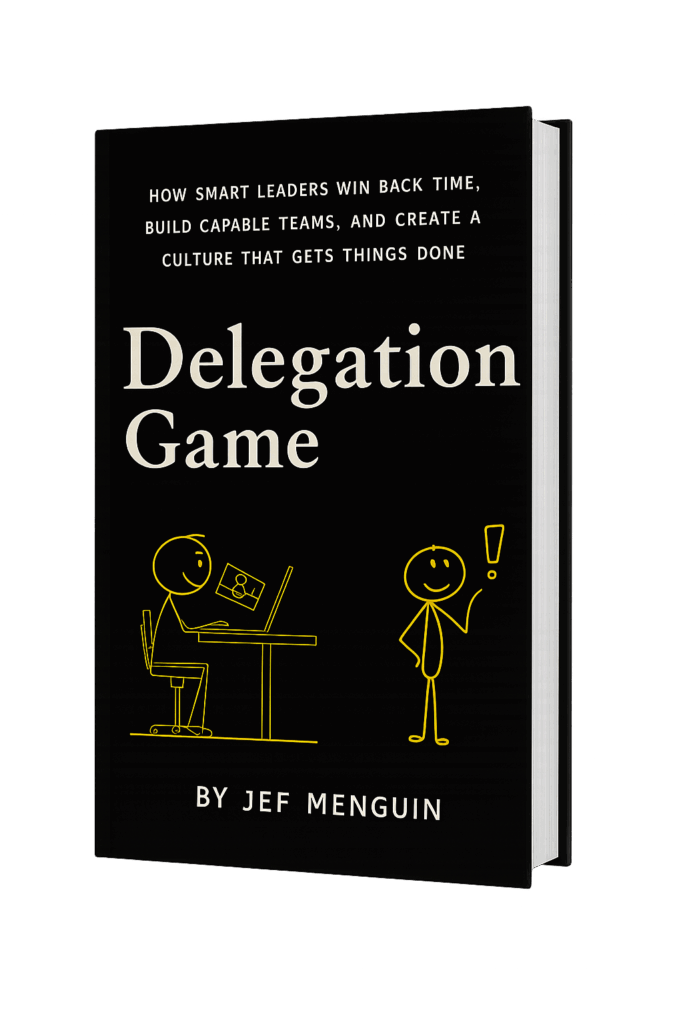Most mornings used to start with noise. The alarm screamed. Notifications blinked. The smell of burnt coffee mixed with panic as I tried to remember what meeting came first. By noon, I was already tired—busy, but not productive.
If your day ever feels like that—like you’re running but not really moving—you’re not alone. I’ve coached leaders, teachers, and teams across industries, and this is the pattern I see most often: people don’t lack motivation; they lack rhythm.
A daily routine is that rhythm. It’s a simple, repeatable sequence of actions that turns random hours into deliberate progress. It’s the invisible framework behind every calm, focused, and fulfilled person you know.
Think of it as your life’s operating system. It doesn’t make life perfect—it makes it workable. A good routine doesn’t steal your freedom; it gives it back to you. It turns “I’ll try” into “I’ll start now.” It transforms ordinary mornings into quiet launches of purpose.
Over the years, I’ve seen the power of well-designed routines change lives—from executives who finally found time to think, to parents who reclaimed their evenings, to young professionals who built confidence one morning ritual at a time.
You don’t need more time. You need a better rhythm. And that starts with one simple routine.

Turn Chaos Into Rhythm
Have you ever listened to a band where everyone plays their own tune? The drummer rushes, the guitarist lags, the singer forgets the words. It’s all sound—no song.
That’s what a day without rhythm feels like. You wake up, rush, jump from one task to another, and before you know it, the sun is down and you can’t even remember what really mattered. It’s not that you didn’t work hard. You just didn’t move in sync.
A routine brings that rhythm back. It’s like giving your day a steady beat. You know when to start, what comes next, and how to finish strong. It doesn’t mean every hour is planned to the minute—it just means there’s a flow, a direction.
When your day has rhythm, small things start to feel lighter. You stop wasting energy deciding what to do next. You stop fighting fires that could’ve been prevented. You start acting instead of reacting.
Let me tell you about Mia, a school teacher I once coached. She used to spend her mornings putting out fires—forgotten materials, late reports, last-minute lesson plans. She felt like she was always behind. Together, we built her a short morning routine:
- Ten minutes of quiet planning before opening her messages.
- One clear goal for the day written on a sticky note.
- Five minutes of gratitude before heading to class.
In two weeks, she wasn’t just calmer—her students noticed too. “Ma’am, you’re not as stressed anymore,” one said. That’s rhythm at work.
Here’s how it looks side by side:
| Without Rhythm | With Rhythm |
|---|---|
| Checking messages first thing | Planning before checking anything |
| Jumping between tasks | Finishing one thing before moving on |
| Ending the day exhausted | Ending the day satisfied |
When your day has rhythm, you don’t lose yourself in the noise. You create your own beat.
And soon, others around you—your team, your family—start moving to that same beat too.
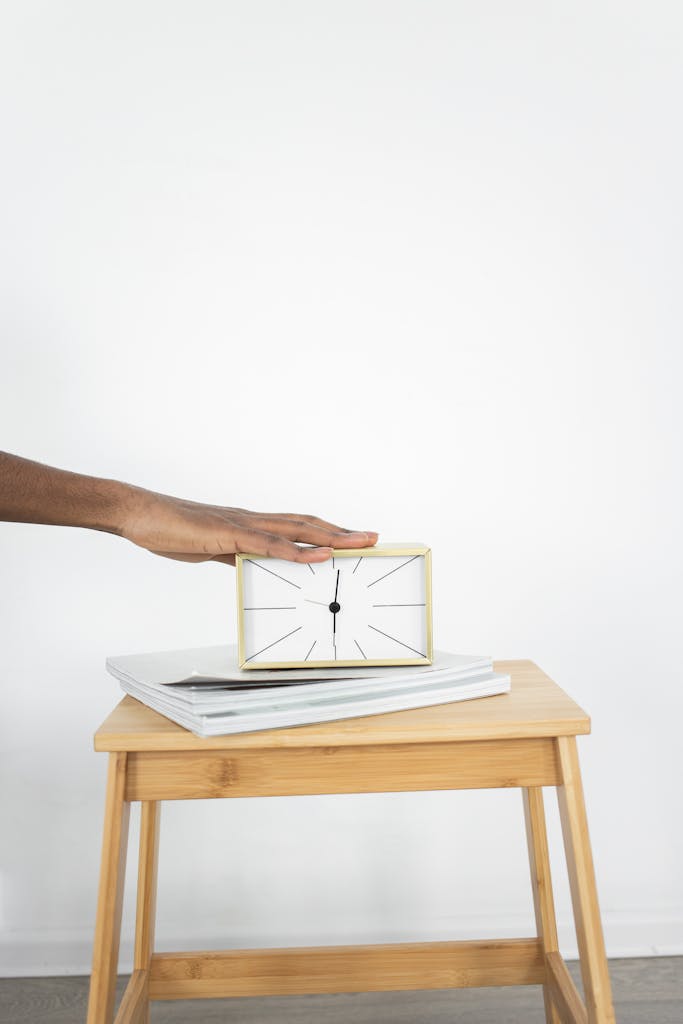
See the Day You Already Have
Before we build a new routine, let’s look at the one you already have.
Yes, you already have a routine—even if it’s not planned. It’s made up of the things you do again and again, almost without thinking. The moment you wake up, reach for your phone, scroll for a bit, rush to get ready, grab a quick breakfast, and dive into work—that’s a routine.
The problem? It’s just running you instead of the other way around.
So here’s what I want you to do. Tomorrow, become a quiet observer of your own day. Don’t change anything yet. Just watch. Notice what you do, when you do it, and how you feel.
From the time you open your eyes to the moment you close them, track your rhythm. What time do you feel most alert? When do you usually slow down? What part of the day feels like swimming against the current?
You can even use this table to map it out:
| Time | What I Usually Do | How It Feels | Energy Level (1–5) |
|---|---|---|---|
| 6:00 AM | Check my phone | Distracted | 2 |
| 8:00 AM | Rush to work | Stressed | 2 |
| 10:00 AM | Attend meeting | Focused | 4 |
| 2:00 PM | Eat lunch, scroll online | Sleepy | 1 |
| 7:00 PM | Watch TV | Relaxed | 3 |
You’ll begin to see patterns—moments when you’re sharp, and moments when your energy fades.
One of my clients, Ben, a restaurant manager, did this exercise. He discovered his energy was highest from 9 to 11 a.m., but he spent that time answering emails that didn’t matter. He swapped it for planning, coaching his team, and solving real problems. That one change made him feel more accomplished by noon than he used to by 5 p.m.
That’s the power of awareness.
Once you can see your day clearly—its noise, its pauses, its natural tempo—you can begin to shape it. You can take control of the music.
Next, let’s talk about how to decide what truly matters—and where to place it in your day.
Start With What Moves You Forward
Imagine waking up and knowing exactly what to do first. No guessing. No scrolling. Just clarity.
That’s the gift of a good routine—it starts with what matters most.
Many people confuse being busy with being productive. They fill their mornings with noise—emails, small tasks, messages, errands—but by the end of the day, nothing important has truly moved forward.
A strong routine starts with your priorities, not your notifications.
Before you plan your next day, ask yourself three simple questions:
- What moves me closer to my biggest goal?
- What makes me feel most alive and proud at the end of the day?
- What drains my energy but still needs to be done—and when can I do it faster or smarter?
Let me tell you about Jun, a department head I coached last year. He used to start every morning checking emails. Two hours later, he was drained and frustrated, reacting to everyone else’s priorities. One day, I asked him, “What if you give the first 30 minutes of your day only to what matters most?”
He tried it. He called it his Focus 30. No phone. No meetings. No email. Just one important task.
After a month, he told me, “Those 30 minutes changed everything.” He was calmer, more confident, and no longer ended the day wondering where his time went.
You can do the same. Write down your top three priorities before the day starts. Then block your best energy hours—usually morning—for those tasks.
Here’s a simple way to see it:
| Task Type | Example | Best Time to Do It | Why It Matters |
|---|---|---|---|
| High-impact work | Creating a report, writing a proposal | Morning (when focus is highest) | Moves you closer to goals |
| Routine tasks | Checking email, filling forms | Midday | Keeps work flowing |
| Maintenance / Rest | Exercise, quiet time, reflection | Late afternoon or evening | Restores energy |
A routine built around what matters most makes your day lighter. You’ll stop chasing the urgent and start creating the important.
And once you know what truly moves you forward, it’s time to build the rhythm that keeps it all flowing—your daily beat that connects one good move to the next.

Build Your Flow, Not a Schedule
A routine isn’t about cramming every minute with tasks. It’s about finding your flow—a rhythm that helps your day move naturally.
Think of your day like music. You don’t need every beat filled with sound; you just need the right rhythm. The pauses, the transitions, the moments of silence—they’re part of the song too.
When people say “I hate routines,” what they really hate is rigid schedules. Schedules tell you what time to live. Routines help you live on purpose.
So instead of asking, “What time should I do this?” try asking, “What rhythm helps me do this best?”
In my years of coaching, I’ve found that most people’s days can be built around three natural anchors—the times when energy naturally rises or dips. Once you design these anchors, everything else starts to fit in place.
Here they are:
| Anchor | Simple Habit | Purpose | Sensory Cue |
|---|---|---|---|
| Morning Momentum | Write your top 3 outcomes | Set direction for the day | The smell of coffee, sunrise light |
| Midday Reset | Take a short walk or stretch | Recharge and refocus | Fresh air, sound of movement |
| Evening Wind-Down | Write one win for the day | Reflect and reset | Softer light, quiet background music |
You can feel the rhythm in that table. It’s not about packing more in—it’s about creating a pattern that gives your brain signals: this is focus time, this is recovery time, this is reflection time.
One client, Anna, a project coordinator, used to feel guilty for taking breaks. She thought pausing meant she was lazy. When she started doing a two-minute “midday reset” walk—just to breathe and look outside—her afternoon energy shot up. “It’s like rebooting my brain,” she told me.
When your day flows, you feel lighter. You make better decisions. You even enjoy your work more.
So don’t try to schedule your day like a robot. Instead, design it like a rhythm—something that moves with you, not against you.
Make It Yours
There’s no one perfect routine. There’s only the routine that fits you.
Some people wake up ready to conquer the world before sunrise. Others do their best thinking when the world is quiet at night. Some need long mornings of silence; others find their energy in conversation and motion.
That’s why the best routine is custom-built.
Start with your own natural rhythm. Ask yourself:
- When do I feel most awake?
- When do I usually slow down?
- When do I do my best work—morning, afternoon, or evening?
Your answers are your body’s way of saying, “Work with me, not against me.”
Here’s how that looks in real life:
| Role / Lifestyle | Ideal Anchor | Why It Works |
|---|---|---|
| Team Leader | Morning planning and short huddle | Creates direction before distractions begin |
| Parent | Evening reflection with family | Builds connection and calm before rest |
| Student | Afternoon study sprint | Matches focus peak after classes |
| Entrepreneur | Morning deep work block | Pushes important goals before the world interrupts |
| Night Owl | Late-night creative session | Uses quiet energy to produce ideas |
One of my clients, Liza, is a working mom who used to feel guilty about not doing her “morning routine.” She read all the advice that said winners wake up at 5 a.m.—but that didn’t fit her. Her house came alive at 7 a.m. with two kids and breakfast chaos.
So instead, she made her own rhythm. Her quiet time happens at 9 p.m., when the house sleeps. That’s when she journals, plans the next day, and breathes.
And it works. Because it’s hers.
Don’t copy someone else’s version of discipline. Design a rhythm that reflects your world, your goals, and your energy.
If you do, you won’t have to fight your day anymore. Your day will start to work with you.
Small Wins, Big Momentum
Big change doesn’t start big. It starts tiny.
Most people fail at routines because they try to change everything overnight. They build a perfect plan on Sunday and break it by Wednesday. It’s not because they’re weak—it’s because they made it too heavy to carry.
The secret is to start so small you can’t say no.
That’s what I learned from BJ Fogg’s Tiny Habits and from years of helping people shift their daily rhythm. You don’t climb a mountain by jumping—you climb it one step at a time, one solid foothold after another.
Here’s how small wins build big momentum:
- Anchor your new habit to something you already do. For example, After I brush my teeth, I will drink a glass of water. After I open my laptop, I will write my top 3 outcomes.
- Celebrate the win. Don’t skip this. Say, “Yes!” Smile. Do a small fist pump. It sounds silly, but your brain loves that reward. It learns: This feels good. Do it again.
- Stack gently. Once the first habit feels automatic, add the next one. You’re not forcing change—you’re stacking it.
Here’s what that can look like:
| Anchor Moment | Tiny Habit | Celebration |
|---|---|---|
| After brushing teeth | Drink water | “That’s one win!” |
| After opening laptop | Write top 3 outcomes | Play a favorite song |
| After dinner | Walk 10 minutes | Tick a box on your tracker |
A few weeks ago, a client messaged me:
“Sir Jef, I didn’t just finish my tasks early today. I actually felt proud after brushing my teeth.”
That’s the magic of micro-victories. They build confidence faster than willpower ever could.
Because once you collect enough small wins, something shifts inside you. You start believing, I can do this. I can keep going. And that belief? That’s momentum.
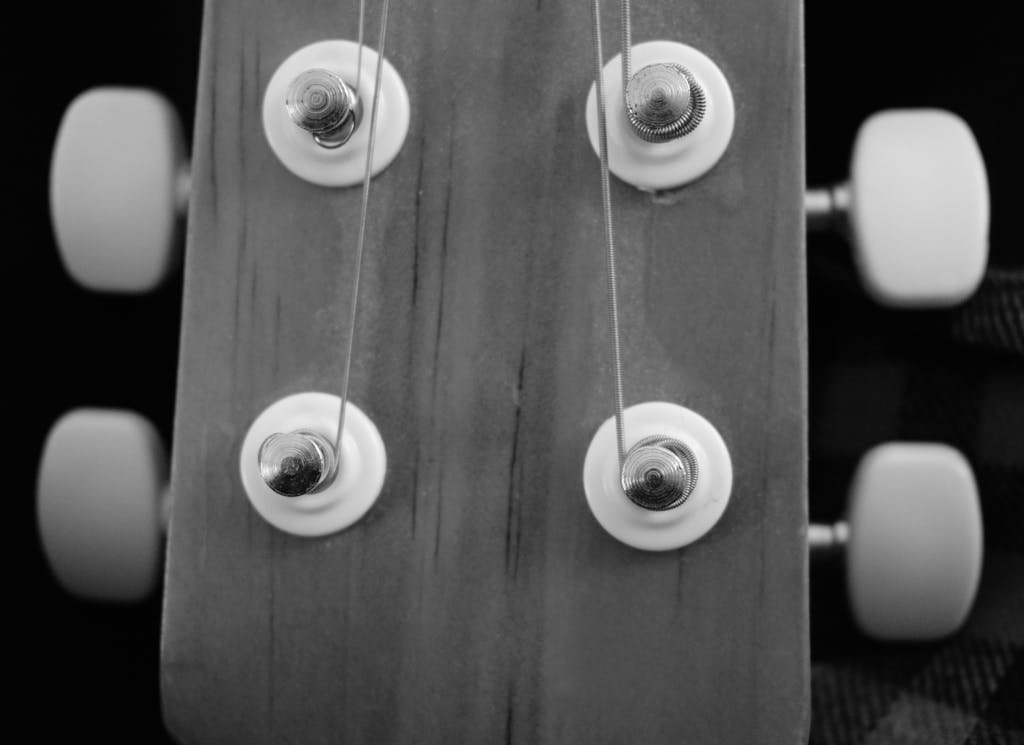
Tune Your Routine
A good routine isn’t carved in stone. It’s alive. It breathes with you.
Some weeks flow like music. Other weeks, life throws in extra noise—late meetings, sick kids, sudden changes. That’s normal. The secret is not to restart from zero every time life shifts; it’s to tune your rhythm.
Think of your routine like a guitar. Even the best guitar goes out of tune when the weather changes. What do musicians do? They listen, make a small adjustment, and keep playing.
Do the same with your days.
Here’s a simple rhythm for reflection:
Weekly check:
- What part of my day felt heavy or rushed?
- What part gave me energy or joy?
- What’s one small tweak I can try next week?
Monthly tune-up:
- Am I still moving toward my goals?
- Has something changed—my priorities, my energy, my season of life?
- What needs more space or less attention?
Quarterly refresh:
- What worked so well I should make it permanent?
- What can I finally let go of?
When I started my own “routine review,” I discovered that my best ideas came right after lunch—but I used to schedule admin tasks then. I switched the blocks, and suddenly I was creating more in less time. One small tweak, big difference.
You don’t need to fix everything. Just listen. Notice where the rhythm goes offbeat and adjust one note at a time.
Because tuning your routine isn’t about perfection. It’s about staying in harmony—with your work, your energy, and your life.
Bend, Don’t Break
No routine survives untouched forever. Flights get delayed. Kids get sick. A client calls when you’re about to rest. Life happens.
And that’s okay.
Strong routines aren’t made of steel—they’re made of bamboo. They bend with the wind, but they don’t break.
The trick is to know what parts of your routine are core (non-negotiable) and which parts are flex (adjustable). When the day goes sideways, you keep your core and let the rest shift.
Here’s how it looks:
| Core (Non-negotiable) | Flex (Adjustable) |
|---|---|
| 5-minute morning reflection | Exact wake-up time |
| Writing top 3 outcomes | Where or when you write them |
| Gratitude or evening review | Format — journal, voice note, or quiet thought |
When my client Marco, a sales manager, first tried daily routines, he gave up after his first business trip. “Sir Jef,” he told me, “I failed. I couldn’t stick to my schedule.” I asked him, “Did you still write your top 3 outcomes each morning?” He nodded. “Yes, on hotel stationery.” “Then you didn’t fail,” I said. “You flexed.”
That moment changed the way he saw routines. He stopped trying to be perfect. He started aiming to stay anchored.
That’s your goal too. When life gets messy, bend, don’t break. Keep the rhythm alive in small ways. Keep one promise to yourself each day.
Because progress doesn’t disappear when plans change— It continues every time you show up, even imperfectly.
Let Rhythm Carry You Forward
Close your eyes for a moment and imagine tomorrow morning. You wake up—not rushed, not scattered—but clear. You know what to do first. You move through the day like you’re gliding instead of grinding. That’s what rhythm feels like.
It’s not about having a perfect day. It’s about having a day that works. A day that starts with purpose, flows with ease, and ends with peace.
A routine won’t make your life spotless. But it will make it steady. It will give shape to your energy, direction to your effort, and meaning to your moments.
I’ve seen it happen again and again:
- A teacher who ends the day with gratitude instead of exhaustion.
- A manager who finishes reports early because focus finally came easy.
- A young professional who, for the first time, feels in control of their time.
These aren’t miracles. They’re rhythms.
And they all began with one small, intentional act.
So here’s my challenge to you: Tomorrow, don’t try to fix your whole day. Just build one rhythm. Anchor one moment. Start with a 3-minute habit that moves you forward.
Then repeat it. Let it become your steady beat.
You’ll be surprised how quickly chaos turns into calm, and how calm turns into progress.
Because a good routine doesn’t just organize your time—it transforms your life, one rhythm at a time.
Try This Now: Download the free Routine Starter PDF and build your first 3-minute rhythm today. You’ll find space to write your anchors, your tiny habits, and your daily wins—plus a 7-day tracker to help you see your progress.
Simplifier Articles
Read also the 5-Minute Routine that Energizes Your Team
